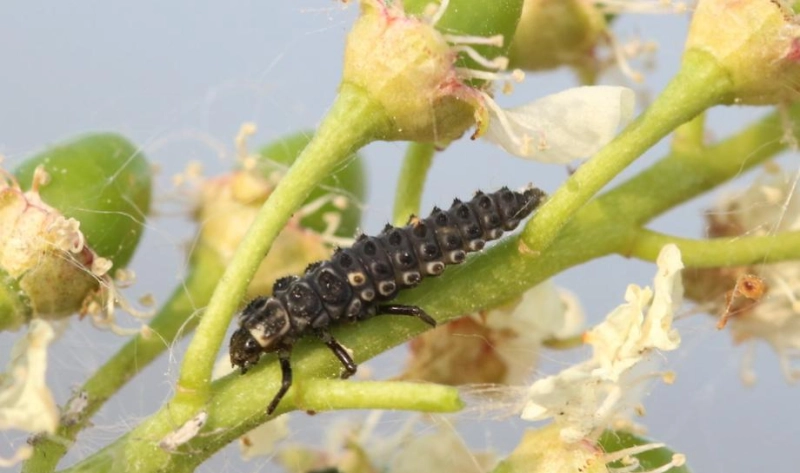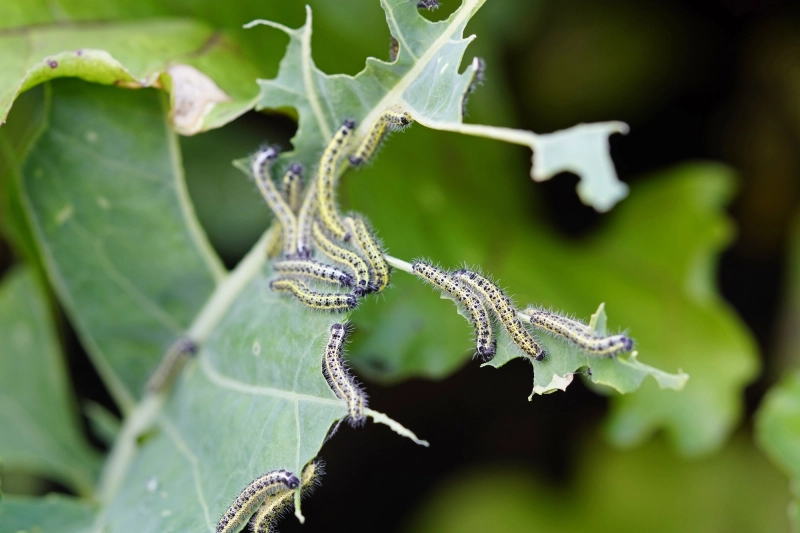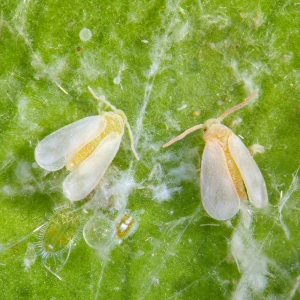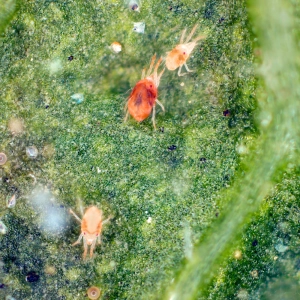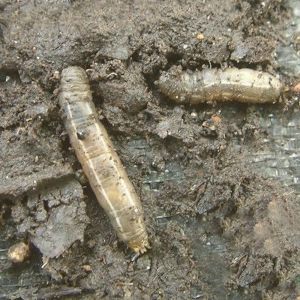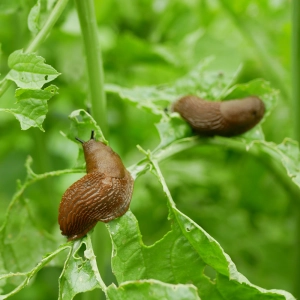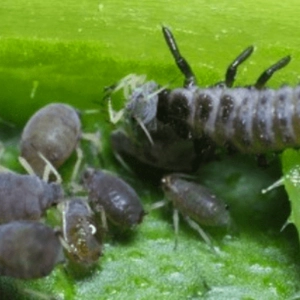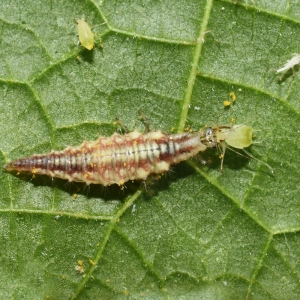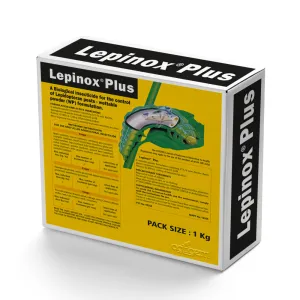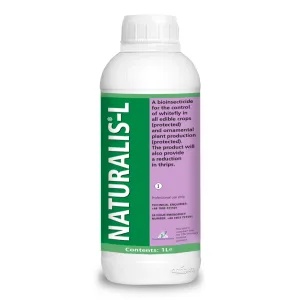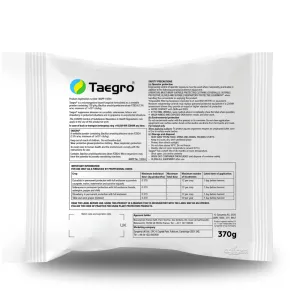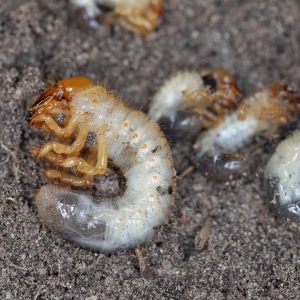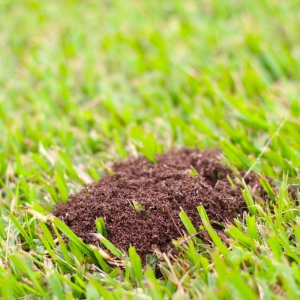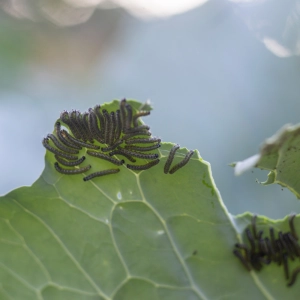What are biological controls?
A biological control is a natural predator or predatory organism that can help gardeners, farmers and growers control pests and destructive organisms.
Biological controls are sometimes referred to as biocontrols, control agents, biopesticides or bioprotection products. They enable us to protect plants and crops without using chemical products.
Often, they are used in crop production where a product is not available to control a specific issue that could go on to impact food production.
The list of biological controls is a long one, but includes predatory organisms, insects, mites, wasps, bees, nematodes, beneficial fungi, microbials, natural pathogens, and biostimulants.
Can I use biological controls in my garden?
Yes. Biological controls for gardeners focus on the use of entomopathogenic or beneficial nematodes, natural predators, bacterial insecticides and natural fungus.
Biological controls can be successful in helping gardeners control or eliminate stubborn garden invertebrate pests – when used in a targeted way and in accordance with instructions (specifically using at the correct time and temperature).
They are very effective in controlling and reducing populations of common garden pests including:
• Aphids
• Slugs
• Whitefly and thrips
• Spider mite
• Leatherjackets
• Caterpillars
• Ants
• Vine weevils
• Chafer grubs.
In classical biological control use, the natural enemy can become established in the environment, sustaining its population and controlling the pest species for many years.
What are the benefits of biological controls?
Using biological controls can help:
• Avoid the use of chemicals where chemical use is not wanted or not appropriate.
• Avoid pesticide resistance.
• Minimise the risk of harm to non-target species
• Leave little or no residue.
• Avoid potential health risks that can be associated with incorrect use of pesticides.
• Reduce harm to biodiversity.
Biological controls will take longer to work than chemical pesticides, so patience is needed to get the best from this system of pest control.
Care must be taken when introducing them to ensure the best chance of success. Always refer to the instructions before using.
Read on to discover the most common types of biological controls used by gardeners.
Parasitic wasps
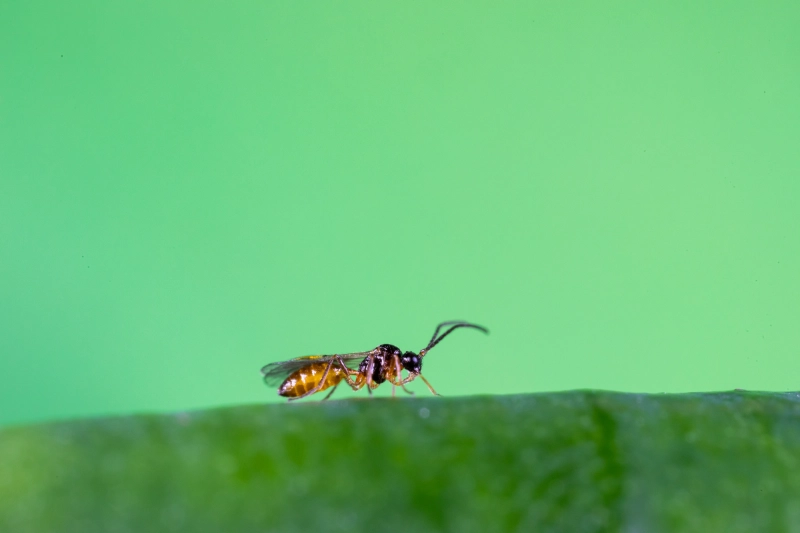
Control of greenhouse whitefly using parasitic wasps has proven to be particularly successful.
This success rate is aided by using them in a closed space where the temperature can be controlled to support effectiveness.
Parasitic wasps like Aphidus colemani, Encarsia Formosa, or products that contain multiple aphid parasites can be very successful in treating aphids.
These parasitic wasps work by seeking out whitefly larvae. They then lay an egg inside the larvae which causes it to die. A new wasp will emerge and go on to seek more larvae.
Predatory mites
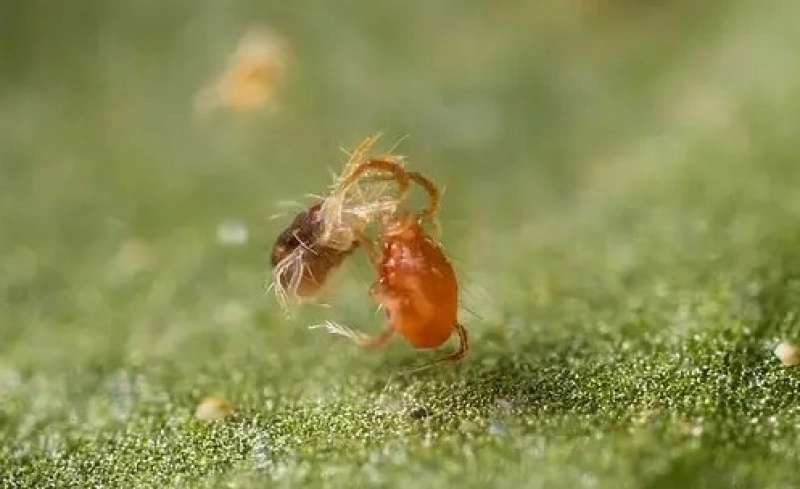
The same can be said of greenhouse red spider mite using the control agent Phytoseiulus.
Phytoseiulus is a predatory mite that works well in temperatures above 16°C. It can eat up to five adults or 25 young larvae a day.
It can also work well on outdoor crops like strawberries, and because the development rate of the predatory mite is roughly twice that of the spider mite, they can quickly reduce the spider mite population.
This predatory mite will remain active as long as there is a source of food – no need to reapply.
Nematodes
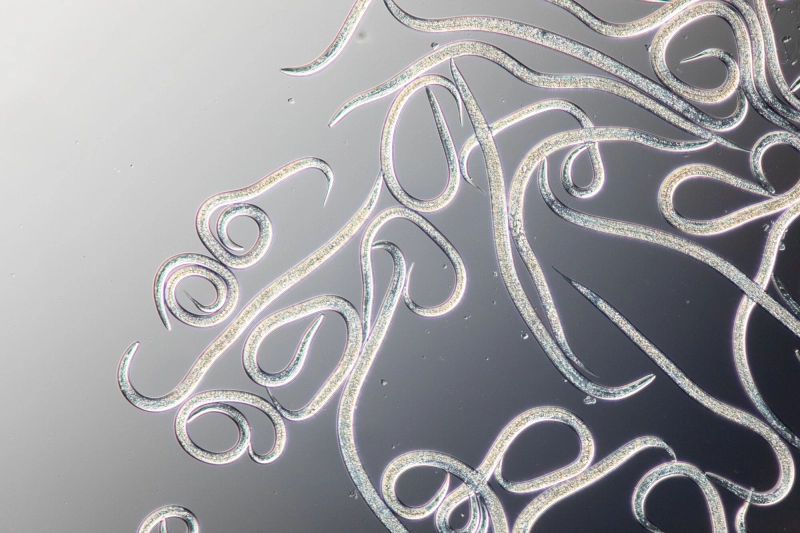
Nematodes are an important component of many ecosystems. There are thousands of nematode species, but a few have been used as a biological control for some time – with marked success.
Nematodes work by releasing bacteria inside the body of the pest which kills them. These nematodes will go on to multiply on the decomposing body.
Leatherjacket control
Nematodes can be successful in controlling leatherjackets (crane fly larvae) which can cause significant damage to lawns. In this situation, it is the Steinerema Feltae nematode that provides the best control.
These nematodes are harmless to earthworms and can also be used successfully on a huge range of other plants or around trees and shrubs.
They will also help control ant infestations in lawns and grass where the temperature is above 12°C.
Vine Weevil and Chafer Grub control
Nematodes can be used to control Vine Weevil and Chafer Grubs. In this instance, the nematode Heterorhabditis Bacteriophora can be used - applied easily through a watering can.
Slug control
Heterorhabditis hermaphrodita can be used to help control slugs and some varieties of snail such as field snails, bottom snails, road snails, and nude snails.
They infect the slug with a specific bacterium which will prevent them from feeding and go on to kill them.
These nematodes work very well in organic gardening and can be used around all edible crops and ornamentals. They will work down to 5°C – perfect for use earlier in the growing season.
Ladybird larvae
Ladybird larvae can be used to successfully target aphids (greenfly and blackfly). They are a natural predator of aphids and can consume up to 100 a day.
Ladybird larvae tend not to move too far from where they are deployed which makes applying them into the target area easy and effective.
They have also been known to consume other soft-bodied pests like spider mites and thrips.
Once the larvae become adult ladybirds, they will continue to eat the aphids providing long-lasting control.
Lacewing larvae will also control greenfly and blackfly, as well as other small insects and their eggs, mealybugs, the young larvae of moths, and sawflies.
Lacewing larvae can be introduced from May to September when the temperature is above 15°C.
Biological controls for other purposes
There are a range of other biological control products that deal with specific insect issues, and pollination and disease management, including biological pollinators and fungicides.
Biological insecticides
Biological insecticides have been used for a long time and work very well to control caterpillars in vegetable, salad, herb, and fruit production.
Lepinox contains Bacillus thuringiensis and is applied by mixing with water and deploying on the leaf surfaces where caterpillars are actively feeding.
The bioinsecticide Naturalis is a naturally occurring fungus and can be used on plants at any growth stage to control spider mite, whitefly and thrips
Biological fungicides
Biological control fungicides work by defending against diseases in three key ways: producing antimicrobial metabolites, competing on leaf surfaces, and enhancing plant resistance.
Taegro contains the Bacillus amyloliquefaciens strain FZB24 and works by physically excluding bacteria and fungal pathogens - denying the disease nutrients it needs to spread - preventing damage to the host plant.
Biological pollinators
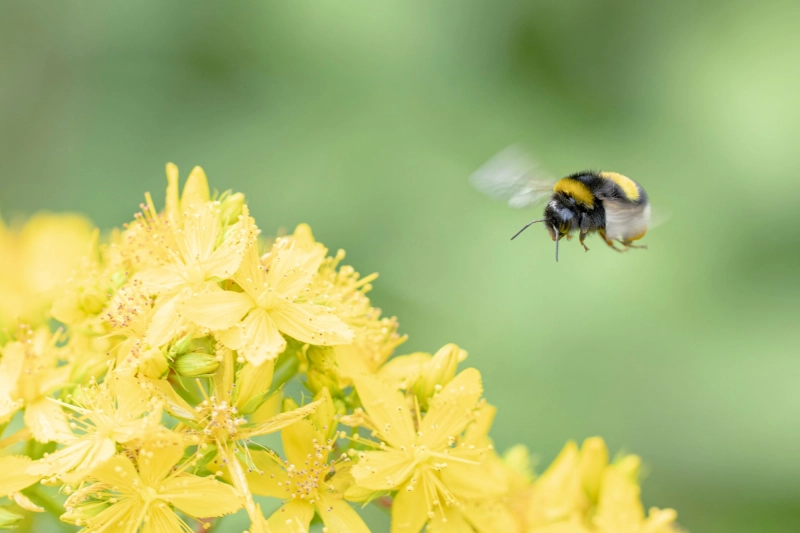
Buff-tailed bumblebees - Bombus terrestris - are introduced in specialist box hives and are ideal for fruit and vegetable growers working in larger areas of 2000m2 or more.
After introduction of the hive, worker bumblebees start pollinating the flowers while at the same time collecting pollen to feed the brood.
More workers emerge from the brood in the weeks after the introduction, increasing both colony size and pollination performance. After some weeks the colony will reach its maximum size and then decline in activity.
Bee attractants
Biological bee attractants replicate the scents and trace pheromones that attract bees. Bees use pheromones during development, reproduction, defence, orientation, and most importantly, gathering pollen.
Exploring bees produce the pheromone that attracts the pollen-gathering bees to the plant. Applying a bee attractant helps encourage bees to pollinate the crop it is applied to rather than other crops nearby that may have more attractive nectar.
Treating your crops with bee attractant helps ensure pollination in the best possible conditions - improving flower visitation of the bees with the aim of improving the overall fruit set, ultimately increasing crop yield considerably. Get in touch with our specialist team if you have an interest in bee attractants.
Using biological controls safely
It is important to understand how a specific biological control will behave and under what conditions.
As naturally occurring predators, biological controls are most effective in an environment where they can behave naturally. In other words, greater effectiveness may be achieved in a habitat that is as close as possible to their natural environment and that will help provide shelter.
A diverse range of plants, the use of organic mulches and cover crops, and the reduction in use of non-biopesticides all help contribute to the success of biological controls.
Predatory biological controls rarely work instantly to control the pest in question. This is because they require time to multiply and establish in their environment. Patience is required to achieve the best results!
Using biocontrols at the right time year, time of day and during the right temperature and humidity conditions can aid their success.
If you have any questions about biocontrol solutions for pest management, please get in touch with our technical team today.




